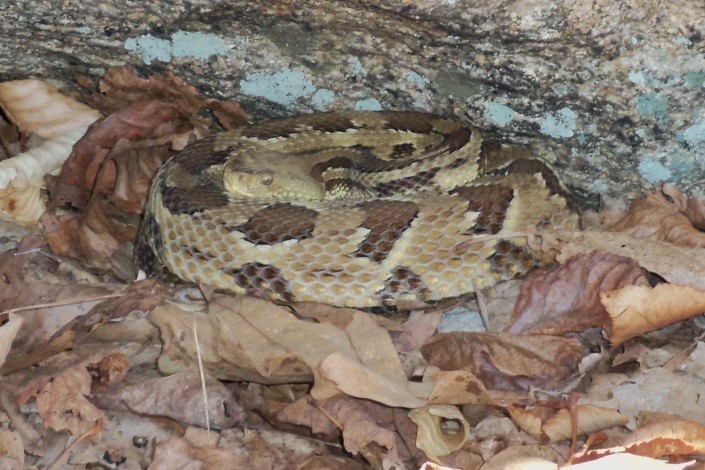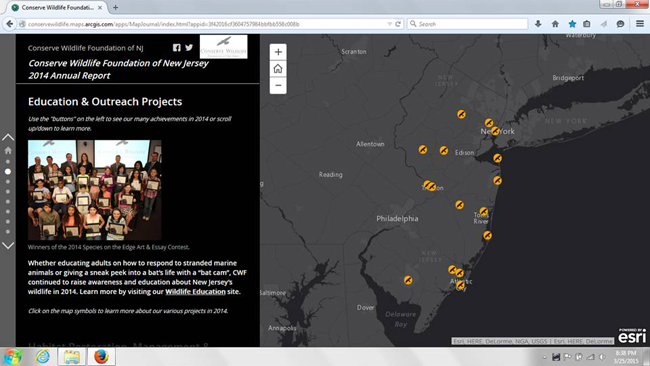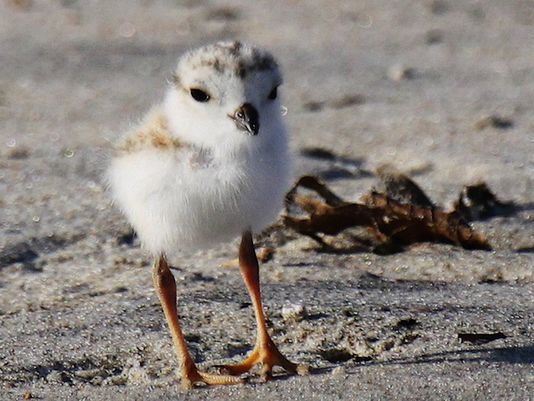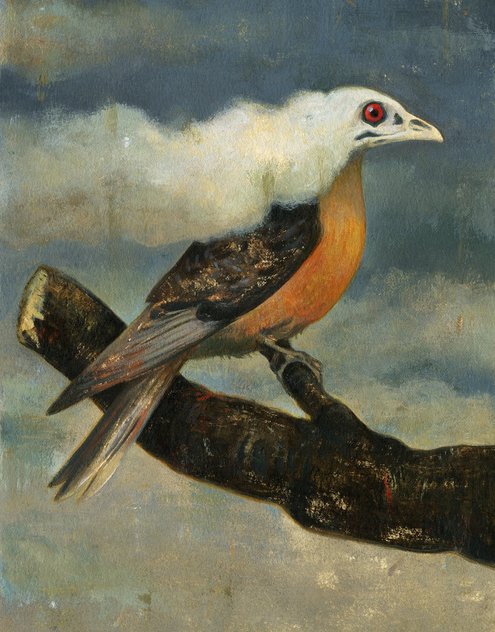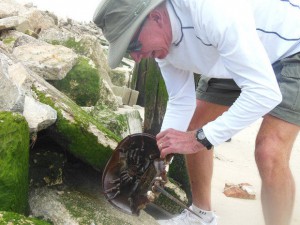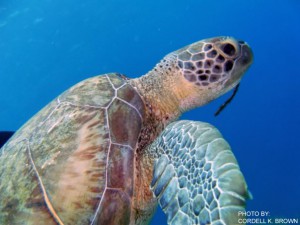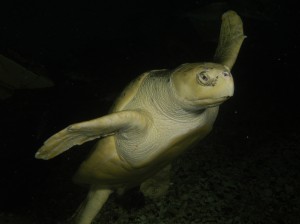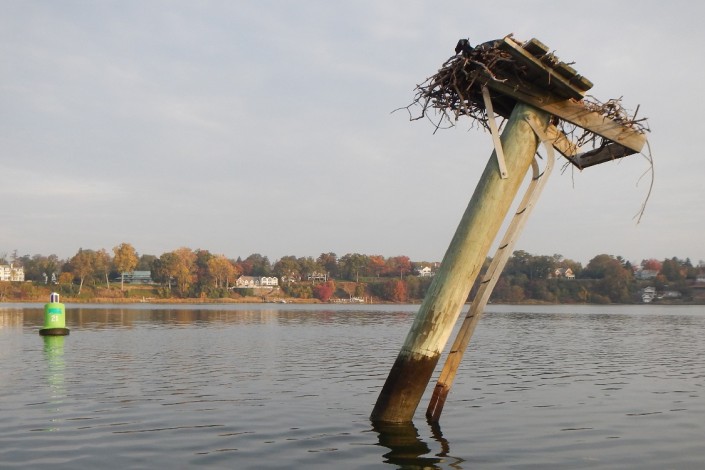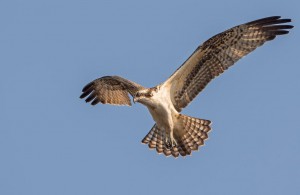Fifth Graders from Across New Jersey Honored for Art & Essays on Rare Wildlife
2015 Species on the Edge Art & Essay Contest Winners announced at Awards Ceremony
By: Lindsay McNamara, Communications Manager

Today, Conserve Wildlife Foundation of New Jersey celebrated and recognized the winners of the 2015 Species on the Edge Art & Essay Contest, a statewide educational contest open to all fifth-graders, which encourages students to become wildlife biologists through their research and artwork on the endangered and threatened wildlife species in New Jersey.
“The vibrant artwork and passionate essays that we received from fifth-graders across the state reveal just how much these talented children poured their hearts into the Species on the Edge contest,” said David Wheeler, Conserve Wildlife Foundation Executive Director. “We are so thrilled to help connect the next generation of New Jersey conservation leaders with the natural world around them. Through their art and essays, all of us can see the wonders of nature – and the many challenges that we must overcome to help rare wildlife survive in our densely populated state.”
Students were asked to draw a picture of one of New Jersey’s 83 endangered and threatened wildlife species and compose an essay about how the animal became endangered and what can be done to help protect it. The Species on the Edge Art & Essay Contest encourages students to learn about local environmental issues, express their concerns for the world around them, think creatively about ways to improve it, and to consider how their actions impact the natural world.
Abby Miller, a student at T.P. Hughes Elementary School in Union County believes that it is important to protect wildlife in New Jersey because “everything deserves to be saved when they’re endangered.”

This year’s ingenious group of winners was honored at an awards ceremony which was hosted at the New Jersey Education Association, in Trenton, New Jersey. The contest was sponsored by PSEG, NJEA, GAF, Atlantic City Electric, Church & Dwight, ShopRite and Six Flags Great Adventure. Mercer County Wildlife Center brought a live Bald Eagle to the event.
The statewide contest drew over 2,000 entries from across the state. Since 2003, over 10,000 children from across New Jersey have entered the Species on the Edge Art & Essay Contest.
For more information, visit Conserve Wildlife Foundation’s website.
Lindsay McNamara is the Communications Manager for Conserve Wildlife Foundation of New Jersey.
